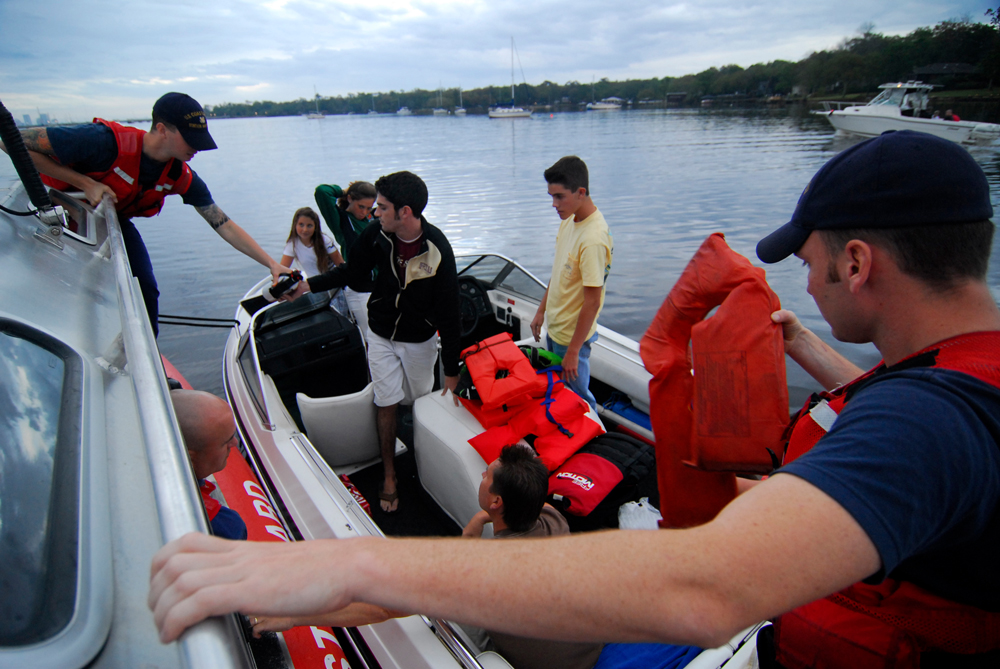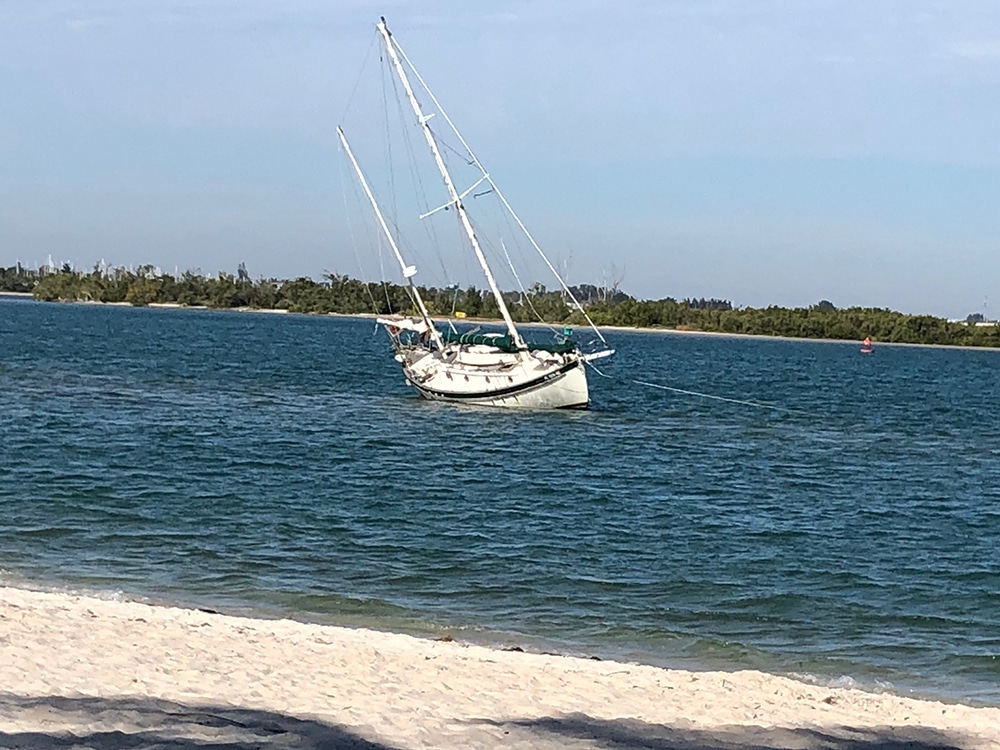There’s nothing quite like spending a beautiful day on your boat with friends or family. However, no matter how gorgeous the waters look, do not mistake them to be your friend. Things can quickly go wrong when you are on a boat and it is very important always to be ready for anything. The following are some boating safety tips you should keep in mind:
1. Bring Safety Gear

Source:boats.com
Many things could go wrong no matter what size of boat you are on. As suggested by trollingbatteryadvisor.com, to be ready for any situation, you should always bring the following gear such as ropes, a whistle, duct tape, flashlight, garbage bags, fire extinguisher, life jackets, battery charger, additional batteries, radio, and a first aid kit.
2. Check the weather before setting off
A warm, sunny day can quickly turn into a windy, stormy day and you don’t want to be out at sea when the weather is not good. Always check weather reports and predictions from your local meteorological department to know whether or not it’s a good idea to use your boat.
3. Don’t overload
Every boat has a recommended capacity which you should never exceed or else you risk capsizing. Always check your boat’s capacity restrictions and never overload with passengers or equipment.
4. Have your boat inspected regularly
The worst thing that can happen to you is when your boat has a serious breakdown when you are in the middle of a lake. Preventative maintenance for boats is a lot more important than corrective maintenance since it can save your life. You need to have your boat inspected by a professional regularly to ensure that everything is in tip-top condition.
5. Follow the correct anchoring procedure

Source:passmanlawoffice.com
An anchor ensures that your boat stays where you want it to. However, just having one is not enough; you need to know how to use it. If you want to prevent strong winds from dragging the boat, you can drop two anchors in front of the boat in a V-formation to keep it from drifting. If you want to prevent strong rides from lifting the anchor, drop it in deeper water.
6. Follow the correct docking procedure
Docking can be a daunting task depending on the wind, current, and the type of boat. As you approach a dock, always ensure that the bumpers are out to avoid damaging your boat. If the wind is blowing towards the dock, bring your boat about three feet from the shore and the wind will pull it in gently. If the wind is blowing in the opposite direction, approach the dock at a 30-degree angle in order to compensate for the wind.
7. Take a boat safety course
A safety course can take a day or two, but the lessons you learn can serve you for a lifetime. It teaches you the rules, your responsibilities, and how to act in different situations when operating your boat.